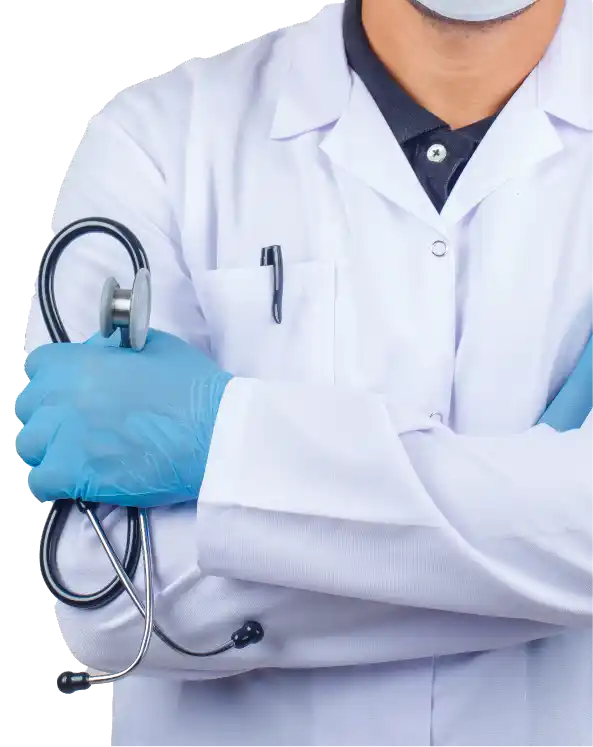Gallstones: Meaning, Types, Causes, Symptoms & Treatment
Gallstones aren't something most people think about, which is a good thing. Bilirubin, or pebble-like bits of cholesterol, can pile up in your gallbladder and stay there indefinitely. However, they can sometimes become large enough to clog the bile ducts. And it'll be an experience you won't soon forget: The blockage creates sharp, excruciating pain in your upper right abdomen, and For a good reason, it's termed a gallbladder attack.
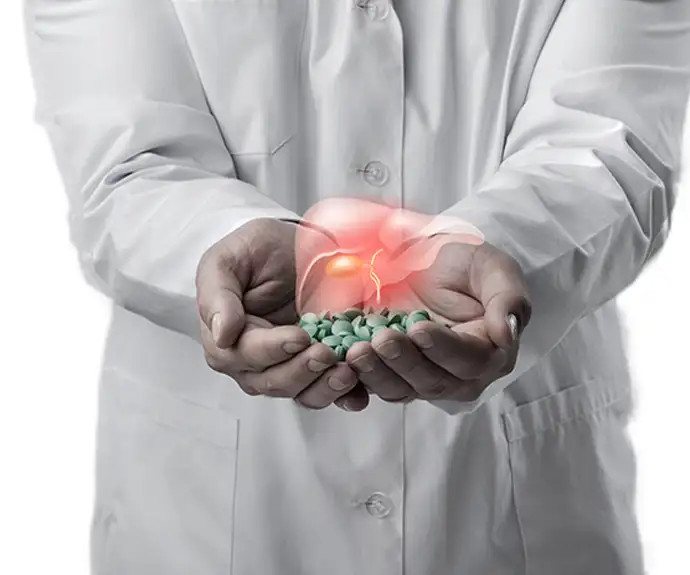
WHAT IS GALLSTONE
Gallstones are crystallized digestive fluid deposits that grow inside the gallbladder. The gallbladder is a tiny pear-shaped organ positioned beneath the liver on the right side of the belly.
The gallbladder stores and releases bile, a digestive fluid produced by the liver. Gallstones can be as small as a grain of rice or as large as a golf ball. They obstruct the bile duct, resulting in gallbladder inflammation or infection, known medically as Cholecystitis, which can lead to life-threatening complications if left untreated.

TYPES OF GALLSTONES
Cholesterol gallstone
These are most common type of gallstones that make up 80% of all types. These are yellow-green in color.
1

Pigment gallstone
These are darker pigmented gallstones made of bilirubin.
2
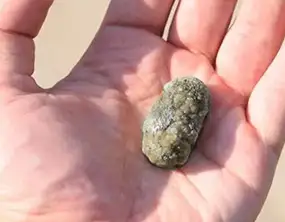
CAUSES
- Excess Cholesterol
- Higher Bilirubin level
- Excess Calcium
- Low levels of Bile Salts
HOW IS IT FORMED
Gall stones are formed inside the gall bladder when the excess cholesterol is excreted from the liver that cannot be dissolved by the bile juice. Eventually, the undissolved cholesterol gets hard like a stone, forming gallstones. They prevent the gallbladder from emptying adequately and cause searing abdominal discomfort. These gallstones subsequently obstruct the bile ducts in the biliary tract, resulting in a painful gallbladder attack.

SYMPTOMS
- Fever & Chills
- Diarrhoea
- Constipation
- Nausea & Vomiting
- Severe Pain under the ribs on right side
- Jaundice
- Yellow Eyes & Skin
- Indigestion, Heartburn & Gastric issues

DIAGNOSIS
Self-Diagnosis
Even if you don't experience any discomfort as a result of gallstones, they can cause a number of internal issues, including the following symptoms:
- Vomiting and Nausea
- Piercing or rapidly intensifying discomfort.
- Pain in the right shoulder.
- Chills with Fever
- Back pain in the middle or lower third of the spine
- Indigestion and heartburn
If you're experiencing any of the symptoms listed above, you could be suffering from the consequences of a gallstone attack and should get medical help right once.
Diagnosis by Doctor
If you are experiencing any of the symptoms of a gallstone, you should seek medical advice from the best gallstone specialist. Your issue will be diagnosed by the doctor in one of the following ways:
A physical examination of your skin and eyes will be performed by the doctor to look for symptoms of jaundice. You may be asked to pinpoint the location of the discomfort in your stomach, or the doctor may simply examine the soreness in your belly.
Various medical procedures, including blood tests and ultrasounds, will be performed depending on your condition to look for a probable blockage in your bile duct.
DO's
DONT's
TREATMENTS
NON-SURGICAL TREATMENTS
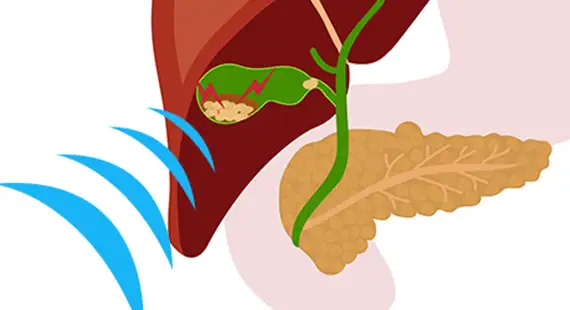
Depending on the severity of the symptoms, your doctor may decide to treat your gallstones without resorting to surgery. A non-surgical technique, on the other hand, only works if you have cholesterol stones. You could try one of the following procedures to get rid of gallstones, depending on their size:
Medicines:
Medications to thin your gallbladder bile: Your doctor may prescribe orally administered medications that contain substances such as ursodiol or chenodiol, which can aid in the dissolution of gallstones.
Extracorporeal shock-wave lithotripsy (ESWL)
Although most typically used to treat kidney stones, gallstones less than 2cm can be broken down using extracorporeal shock-wave lithotripsy, which is a non-surgical approach to treat gallstones.
MTBE injection
This non-surgical treatment entails injecting a solvent called methyl-tertiary butyl ether into the gallbladder, which can aid in the dissolution of gallstones. Although it may eliminate gallstones quickly, it may have major adverse effects such as acute searing pain.
Endoscopic retrograde cholangiopancreatography (ERCP)
This is a procedure for removing gallstones from the bile duct without removing the gallbladder.
SURGICAL TREATMENTS

Open Gallbladder Surgery
This is a more traditional surgical approach in which a single opening or large cut is created under the right rib cage's border or in the middle of the upper abdomen. Following the cutting down of blood vessels and the bile duct leading to your gallbladder, the surgeon gently removes the gallbladder, allowing bile to pass directly into the small intestine via the common bile duct.
Laparoscopic gallbladder removal surgery
Laparoscopic gallbladder removal surgery, often known as keyhole surgery, is a minimally invasive surgical treatment that uses small incisions rather than a big incision to remove the gallbladder. The surgeon will inflate your abdomen with harmless carbon dioxide to provide him or her with a clear view, depending on your health.
RISKS AND COMPLICATIONS
Some of the complications associated with gallstones:
- Gallbladder inflammation/cholecystitis
- Cholangitis (inflammation of the bile duct)
- Pancreatitis/Inflammation in the pancreas
- Gallbladder/Bile duct cancer
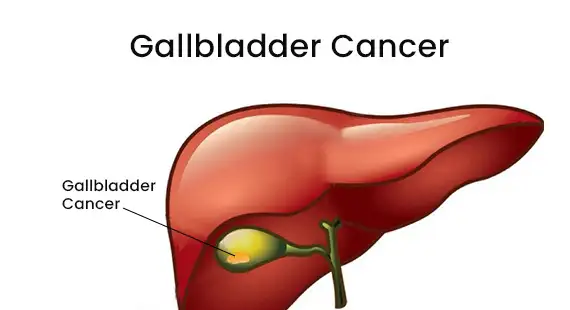
IF LEFT UNTREATED
If gallstones are left untreated, they would cause intense abdominal pain and gallstones will obstruct the bile duct or may cause the death of gall bladder. Gall bladder may burst leading to inflammation of surrounding tissues.
COST
A laparoscopic gallbladder stone removal procedure with Glamyo Health in India might cost anywhere between ₹58,000 - ₹68,000.
The aforementioned price range varies from patient to patient based on a variety of criteria, such as the number of stones to be removed, the severity of the problem, and the location where the surgery will be performed. You can contact the medical staff of Glamyo Health to learn more about the cost of a gallstone removal treatment.
Financial Options
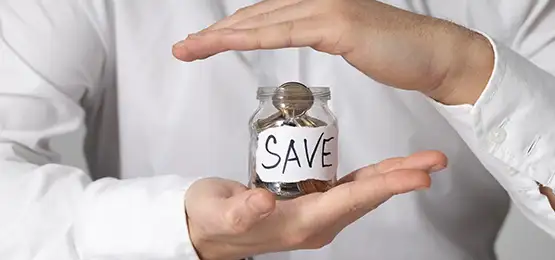
INSURANCE COVERAGE
The surgical treatment for gallstone removal is covered under health insurance. Most of the time, the insurer will cover a particular amount for the surgery. However, the amount of coverage depends on the type of policy. It is important to know that treatments other than surgical treatment will not be covered under your insurance.

Know more about Gallstones
Gallstones are the tough depositions of the digestive juice released from bile. The bile is formed within a sac called the gallbladder. They are largely variable in size as well as shape. They can be as small as the grain size of sand and differ from that of a golf ball.
Gallstones are of various types depending on their constituents. To prevent gallstone formation in the gall bladder, dietary factors play an influential role:
- Consumption of Dietary MUFA (monounsaturated fatty acids), PUFA (polyunsaturated fatty acids), caffeine and fibre.
- Taking a vegetarian diet decreases the risk.
- Identifying and avoiding allergenic foods also relieves the symptoms frequently but is not associated with the dissolution of gallstones.
- Certain nutritional supplements like iron, vitamin C, and soy lecithin might help prevent gallstones.
The gallstones prevent the gallbladder from emptying properly. It is crucial to get the consultation before the condition become complicated. At Glamyo Health, the expert laparoscopic surgeons take care of gallstones as a day-care procedure involving minimal pain. Get the Advanced Laparoscopic Gallstone Treatment in Delhi - NCR with specialized doctors at Glamyo Health.
Before opting for any treatment you can read genuine reviews on laparoscopic gallstone surgery at Glamyo Health. These patient testimonies give a glimpse of the seamless surgical experience at Glamyo Health.
 New Delhi
New Delhi  Bangalore
Bangalore  Mumbai
Mumbai  Hyderabad
Hyderabad  Pune
Pune  Chennai
Chennai 